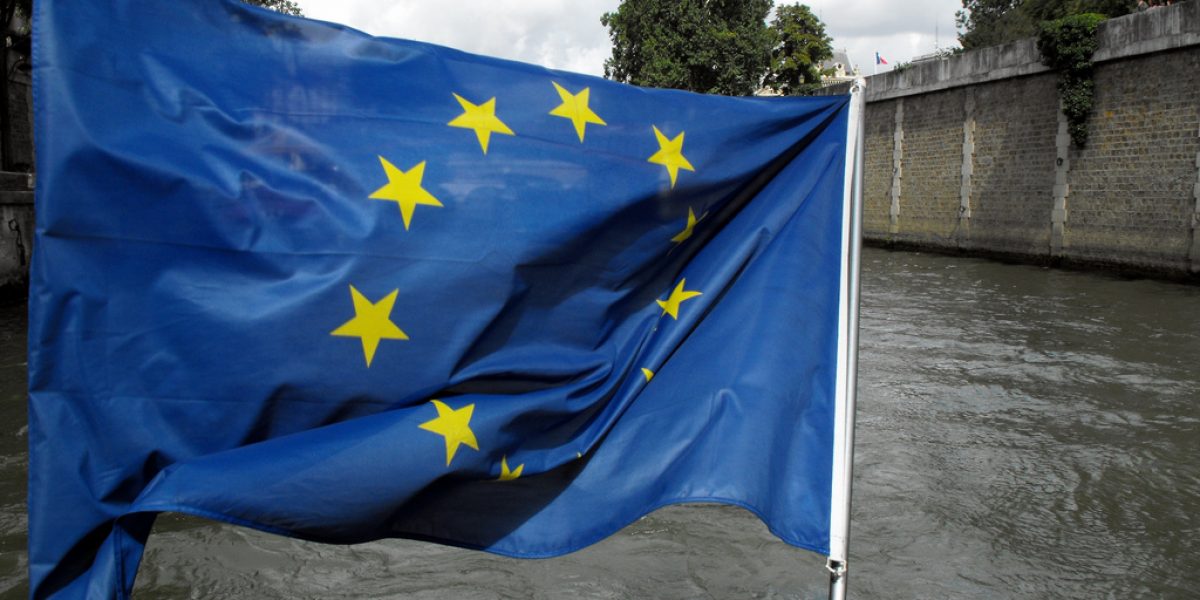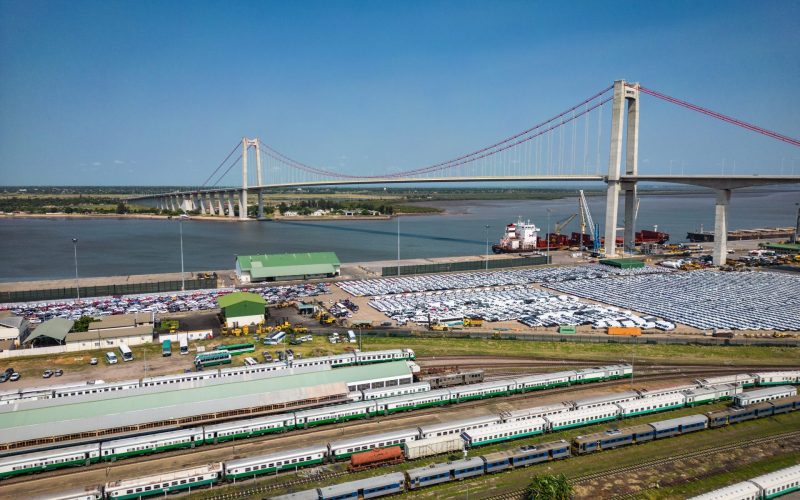The negotiations are carried out in terms of the Cotonou Agreement, which seeks to replace the non-reciprocal export preferences ACP countries have been receiving from the EU with reciprocal free trade arrangements negotiated at the regional level from January next year. But how far does the EU offer go? Is there a catch? And what should both parties do to ensure that a truly positive deal emerges within the remaining seven months?
Though the main reason for EPAs is to introduce reciprocity and thereby ensure World Trade Organisation compatibility, the parties wish to harness the negotiations to ensure that the ensuing agreements maintain or improve ACP’s existing market access and foster regional integration and economic development in ACP countries.
Improving on the current preference schemes is a tall order. The current trade regime between the EU and the ACP allows 40 ACP least developed countries (LDCs) duty- and quota-free access to the EU, while the 37 non-LDCs have special tariff preferences under the Cotonou Agreement. The remaining ACP country, SA, concluded a Trade and Development Co-operation Agreement with the EU in 1999.
According to recent press reports the EU has offered to give duty- and quota-free market access to all ACP regions and countries save for SA, which the EU deems to be globally competitive on some products.
The offer would apply in full from the day the EPA agreement comes into force (January 1) and covers all products, including agricultural goods such as beef, dairy, and fruits; with the exception of a transition period for rice and sugar.
In essence the EU has proposed to give to all ACP countries special market access which only the LDCs have hitherto been enjoying in terms of the EU’s “Everything But Arms” preference scheme.
This proposal is particularly significant to non-LDCs which, in the absence of EPAs, could face a reintroduction of tariffs on a range of their exports when the current EU trade regime expires next year.
Further, the ACP states would not be required to give equivalent market access to the EU and will have their commitments phased in over a long transition period. Details are still sketchy. In addition, these countries would reserve the ability to exclude sensitive products — where the removal of import duties could threaten local producers — from liberalisation. However, this “too good to be true” offer is tempered by the EU’s insistence that ACP countries reciprocate by liberalising their markets on “new generation” or behind-the-border regulatory issues such as services, investment, competition, trade facilitation and government procurement. This is the bite.
The EU stance on these issues is controversial considering that some of the new generation issues such as government procurement were firmly rejected at the WTO, where developing countries effectively wield veto power. Besides, EPA agreements do not need the inclusion of new generation issues to be WTO compatible — substantial reciprocal market access liberalisation on goods trade suffices.
Yet, unlike with other new generation issues should the parties decide to negotiate on services regulations such an agreement must have substantial coverage to comply with WTO rules. So, its either you drink deep or you do not venture a sip at all.
The EU argues that ACP countries should open up their domestic services and investment markets under EPAs to promote much-needed foreign investment to core infrastructure services such as telecommunications, transport, energy, construction, and finance, which are increasingly contributing more to formal employment and gross domestic product than any other sector.
This argument makes eminent sense. Indeed, non-existent, inadequate or expensive transport, telecommunication, energy and financial infrastructure severely hamper these countries’ efforts to trade their way out of poverty.
However, as African countries contend, while the potential for gains in opening services and investment markets is acknowledged, this does not mean that the gains are automatic. It should also be noted that most of these countries do not have the resources necessary to establish regulatory frameworks.
Therefore some critical preconditions are necessary if these countries are to fully benefit from such liberalisation. This requires each country to conduct a comprehensive national assessment that should inform policy makers as to which sectors to liberalise, at what pace, and under what conditions.
Such assessments should also indicate what domestic legal administrative and regulatory capacities exist to support the proposed liberalisation. Hence African countries need sufficient flexibility to formulate and introduce regulations that are suitable to their individual needs and objectives.
In other words what is required is proper timing and sequencing of regulatory reforms.
Some pragmatic steps must be taken by both parties if a truly development friendly EPA agreement is to emerge within this year.
The EU must provide enough policy space for ACP countries to establish the proper institutional mechanisms that are required to make services trade promote sustainable development.
And EPAs should have a development and cooperation chapter that provides a framework where the EU and ACP states work together to redress regulatory weaknesses. The EU should render to its ACP partners sufficient financial support needed to address the supply side constraints, and structural and institutional challenges that prevent the latter from fully benefiting from market access opportunities.
African regions must not totally shy away from making commitments on new generation issues. In the light of the short remaining negotiating period ACP countries should negotiate agreements that not only reaffirm their current WTO commitments on these issues, but commit them to future negotiations with the EU in the context of EPAs.
Finally, it is clear from the issues outlined above that mutually beneficial EPAs are possible provided both parties negotiate in good faith.








